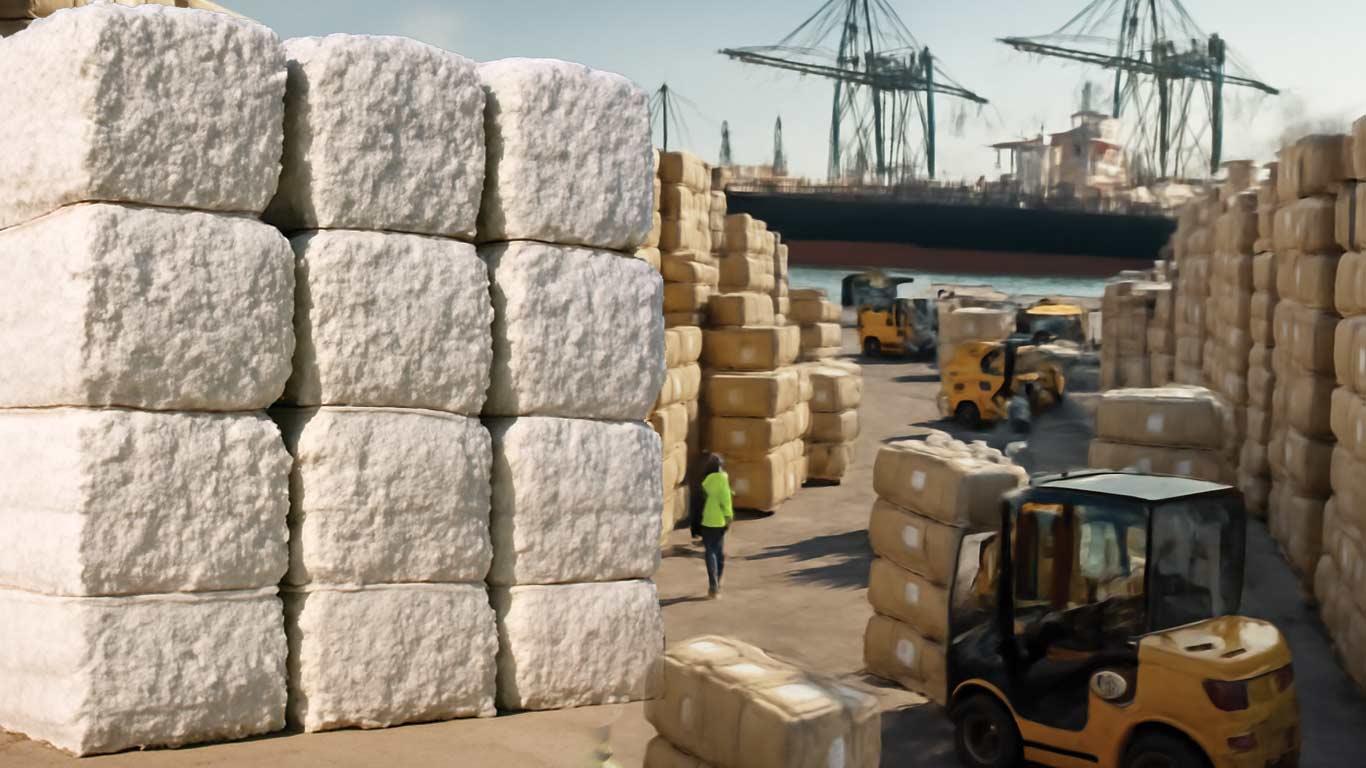Textile Industry Applauds Import Duty Extension On Cotton
This policy extension is a strategic step to enhance the global competitiveness of India's textile sector while also protecting the interests of domestic cotton farmers. It is important to note that most cotton imports are intended for specialized industrial uses or fulfill brand-specific export commitments, and do not displace domestically produced cotton.
This move aims to stabilize input costs across the entire textile value chain, from yarn and fabric to garments and made-ups, providing relief to manufacturers and consumers.
The textile-apparel value chain employs over 45 million people, and stable cotton supply is crucial to prevent job losses and encourage industry growth. Consistent raw material supply expected to spur the production of higher-value fabrics and garments, supporting the government's 'Make in India' and domestic manufacturing goals.
The Confederation of Indian Textile Industry (CITI) has welcomed the extension of the import duty exemption on cotton, calling it a timely relief for the textile and apparel sector. The industry is currently facing a major crisis following the imposition of a steep 50% tariff by the United States on Indian goods, which came into effect on August 27.
CITI Chairman Rakesh Mehra stated, "The balanced approach taken by the authorities will benefit all stakeholders in the textile and apparel value chain. It will go a long way in helping India's textile and apparel exporters at a time when we are confronted with possibly one of the gravest crises we have ever encountered. It would significantly contribute to enhancing the competitiveness of the Indian textile and apparel sector by paving the way for easier availability of a crucial raw material like cotton."
He said, India's textile and apparel sector is one of the biggest generators of jobs and livelihoods in India. The combined direct and indirect employment created by the textile and apparel industry is more than 100 million. The cotton value chain, itself, provides direct employment to nearly 35 million people and dominates India's total textile and apparel exports. India aims to more than double textile and apparel exports to $100 billion by 2030.
The removal of import duty on cotton has been a long-pending request of the CITI. According to a CITI analysis, between 2015-16 and 2024-25, cotton imports have, on average, only met 5.8% of the total cotton demand. There has also been limited correlation between cotton import volumes and the imposition of import duty. On the other hand, removal of tariff barriers helps in stabilize domestic prices.
(KNN Bureau)
Legal Disclaimer:
MENAFN provides the
information “as is” without warranty of any kind. We do not accept
any responsibility or liability for the accuracy, content, images,
videos, licenses, completeness, legality, or reliability of the information
contained in this article. If you have any complaints or copyright
issues related to this article, kindly contact the provider above.
Most popular stories
Market Research

- United States Lubricants Market Growth Opportunities & Share Dynamics 20252033
- UK Digital Health Market To Reach USD 37.6 Billion By 2033
- Immigration Consultancy Business Plan 2025: What You Need To Get Started
- United States Animal Health Market Size, Industry Trends, Share, Growth And Report 2025-2033
- Latin America Mobile Payment Market To Hit USD 1,688.0 Billion By 2033
- United States Jewelry Market Forecast On Growth & Demand Drivers 20252033






















Comments
No comment